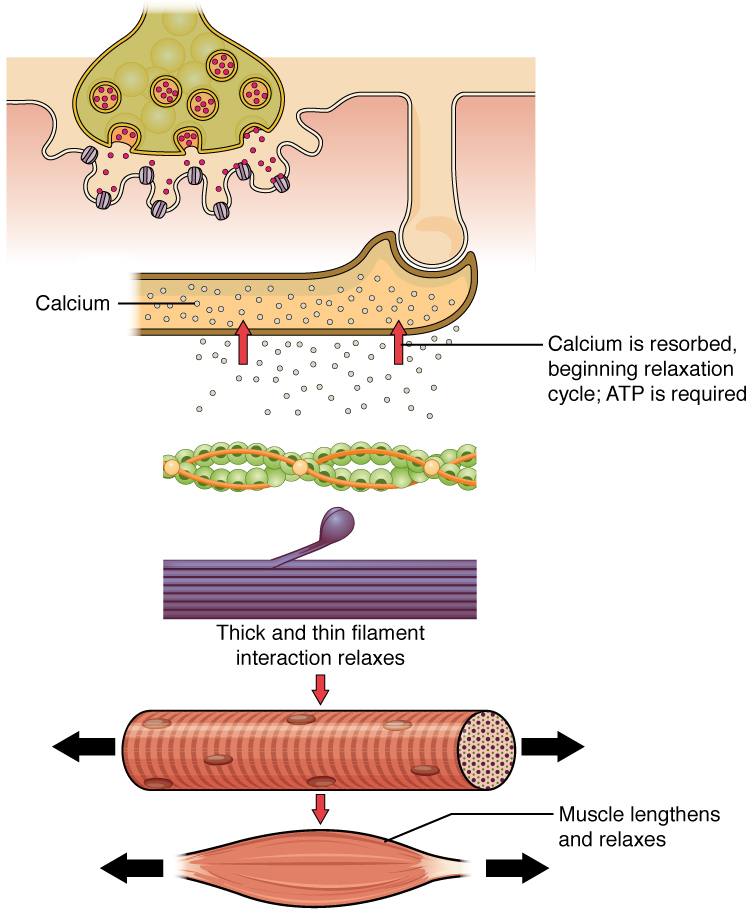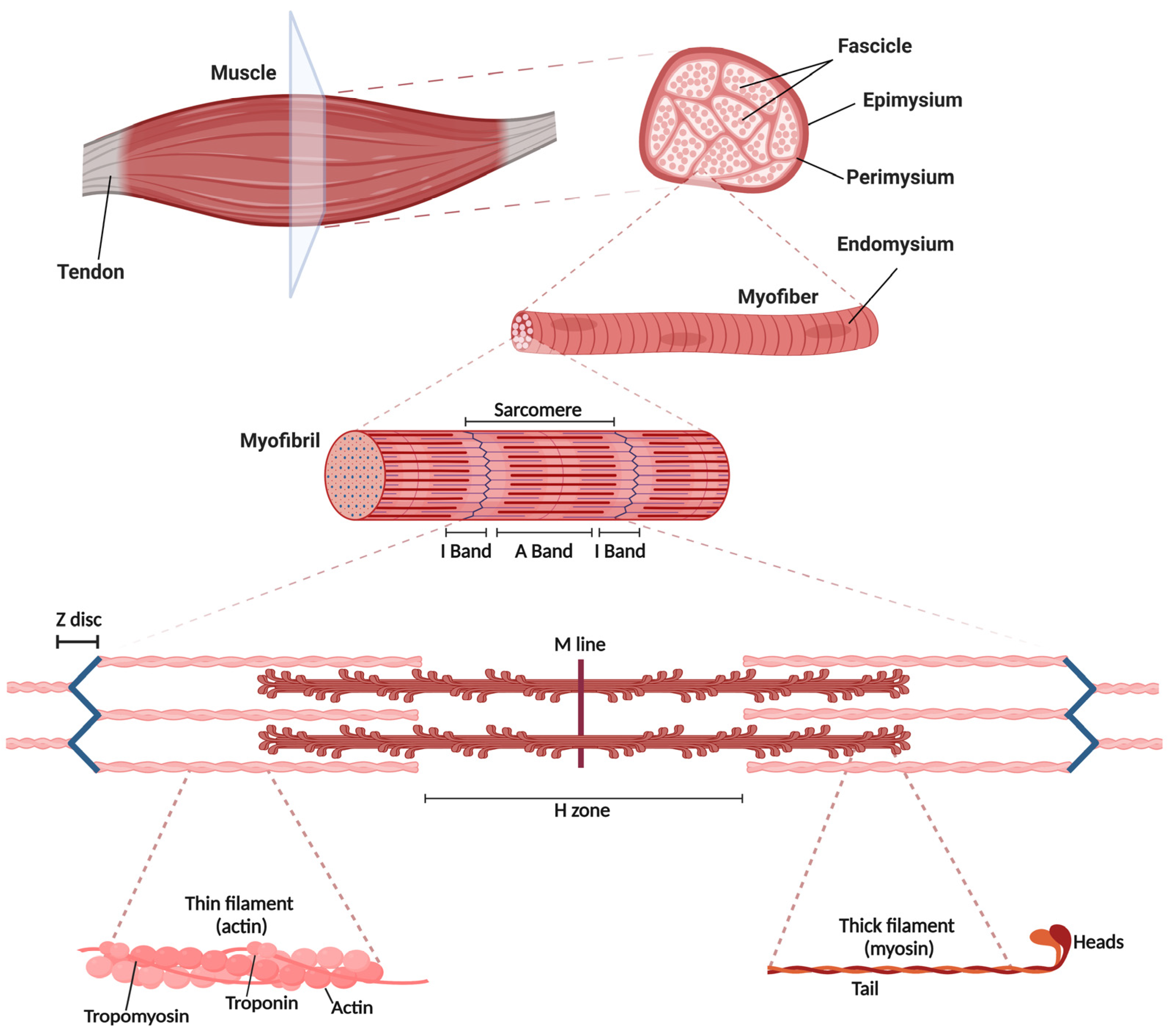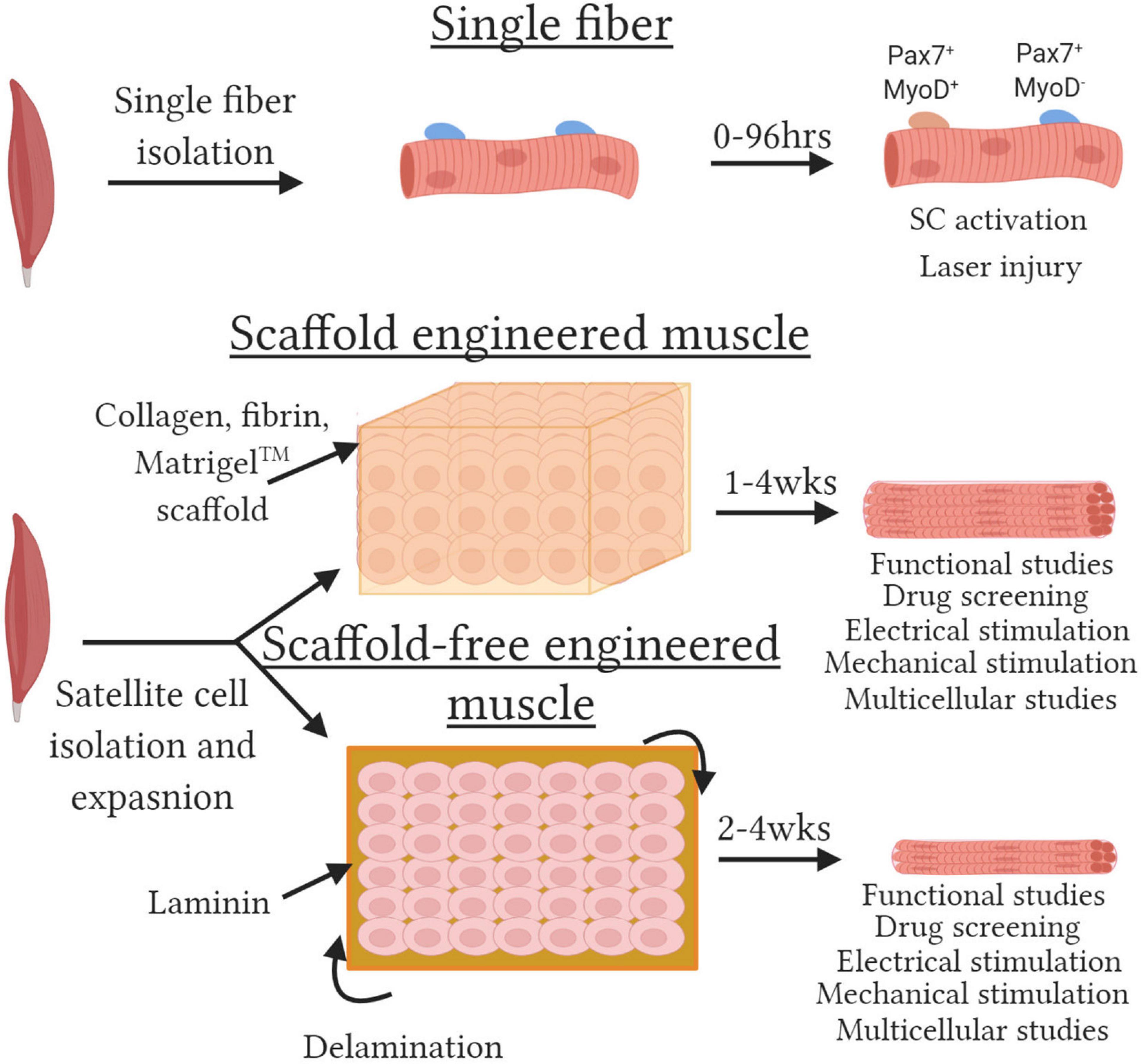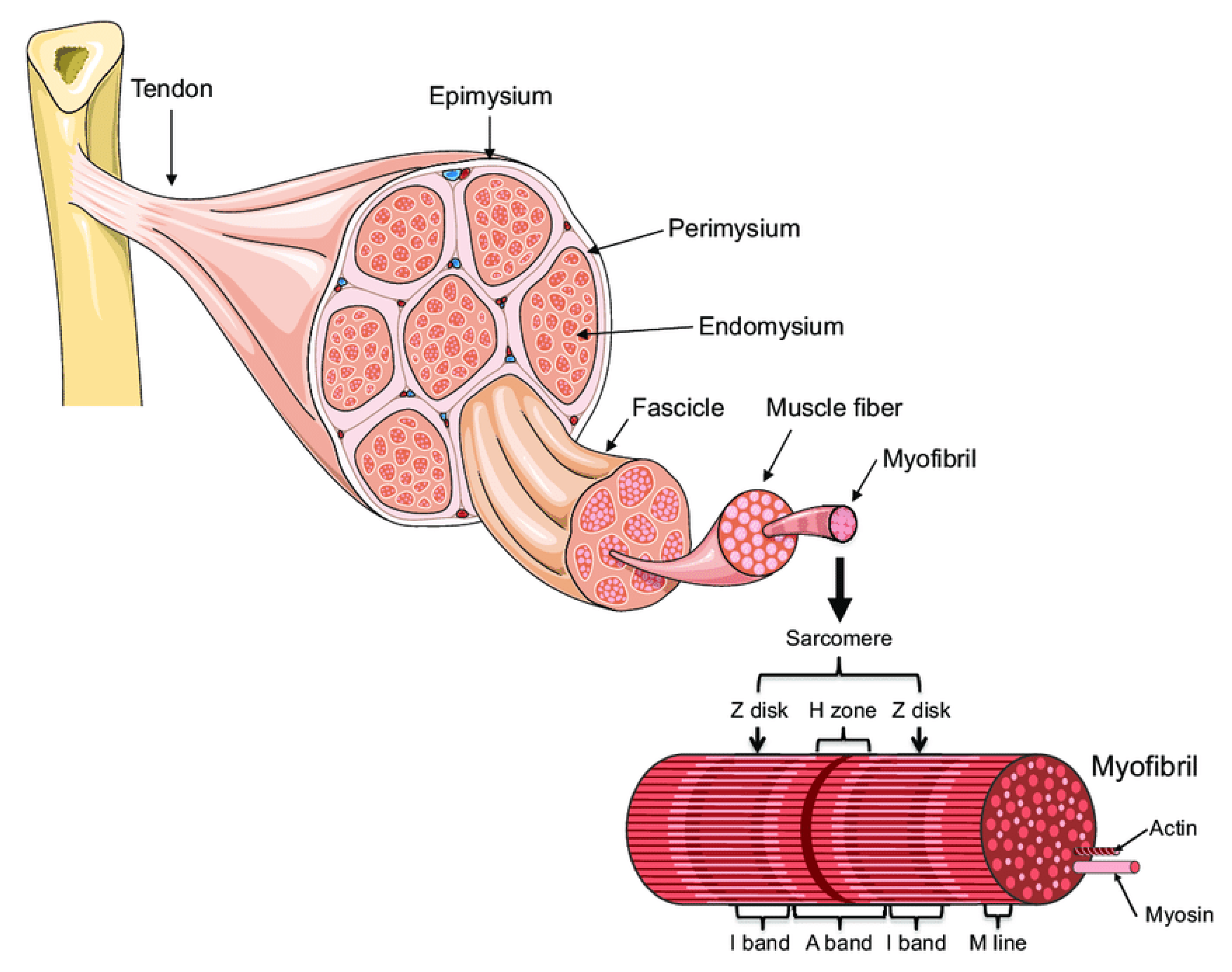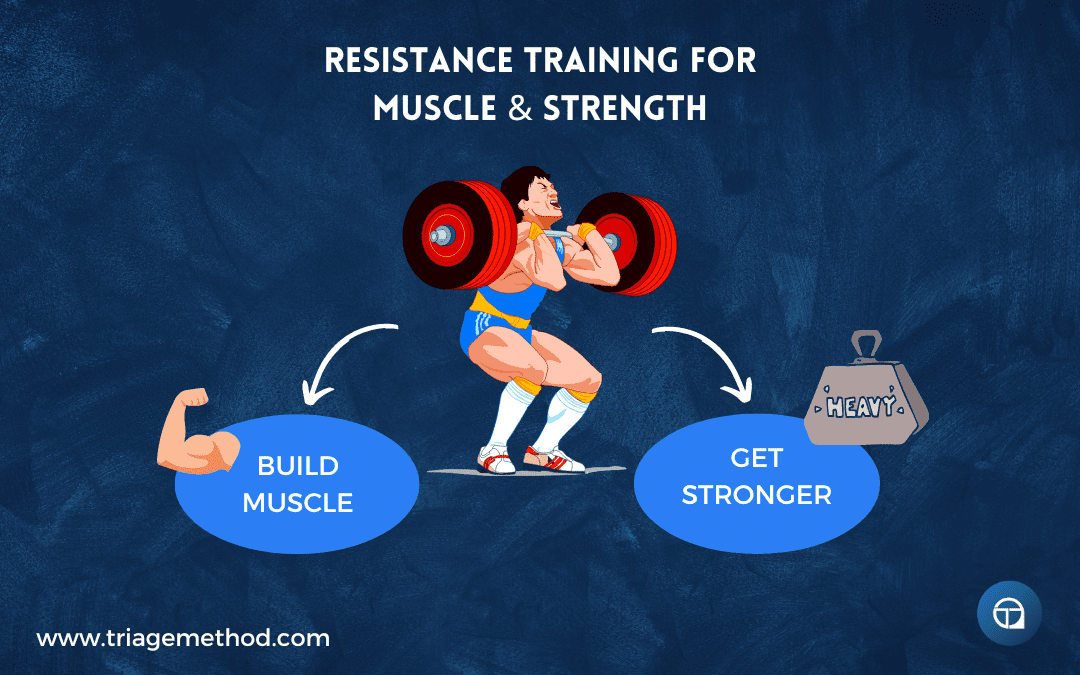Extensive Weight Training Causes The Muscle Cells To

Elite athletes and bodybuilders are facing a concerning reality: Excessive weight training can trigger cellular damage, leading to potential long-term health complications.
This article reveals the latest research on how intense resistance exercise impacts muscle cells, causing structural changes and raising questions about the limits of human physical endurance. The findings underscore the critical need for optimized training protocols and vigilant monitoring of athletes.
Muscle Cell Disruption: The Science
Recent studies published in the Journal of Strength and Conditioning Research and the American Journal of Physiology - Cell Physiology detail how extreme weightlifting can induce significant changes within muscle fibers.
Researchers focused on sarcomeres, the basic contractile units of muscle tissue.
These studies revealed that prolonged, high-intensity training often leads to sarcomere disruption and myofibrillar disarray.
Specifically, Z-discs, which anchor the sarcomeres, appear particularly vulnerable to damage under extreme stress.
Evidence from Biopsies
Muscle biopsies taken from competitive weightlifters and bodybuilders show telltale signs of cellular stress.
These include elevated levels of creatine kinase (CK), an enzyme released when muscle tissue is damaged, and inflammatory markers such as interleukin-6 (IL-6).
Data presented at the annual meeting of the American College of Sports Medicine (ACSM) highlighted the correlation between training volume, CK levels, and the degree of sarcomere disruption.
Athletes engaging in extremely high-volume training regimens displayed the most pronounced cellular abnormalities.
Who is Affected?
The primary at-risk groups are competitive bodybuilders, powerlifters, and elite athletes who subject their muscles to extreme loads and training frequencies.
While moderate resistance training is beneficial, the problems arise when athletes push their bodies beyond physiological limits in pursuit of peak performance.
Younger athletes, whose musculoskeletal systems are still developing, may be at an elevated risk of injury and long-term damage.
Case Studies
Dr. Emily Carter, a sports medicine physician, reported several cases of professional bodybuilders experiencing unexplained muscle pain and weakness.
Diagnostic imaging revealed structural changes within their muscles consistent with myofibrillar damage.
These athletes often had a history of chronic overtraining and inadequate recovery strategies.
Where is This Happening?
This phenomenon is being observed globally, wherever elite weight training is prevalent.
Studies and clinical observations have been reported from research institutions and sports medicine clinics across the United States, Europe, and Asia.
Specific locations include major training centers, university athletic programs, and professional bodybuilding circuits.
When Does the Damage Occur?
Cellular damage appears to accumulate over time with prolonged exposure to intense training.
Acute damage can occur during individual workouts, but the long-term consequences stem from chronic overtraining without adequate recovery periods.
The timeframe for significant damage to manifest can vary depending on individual factors such as genetics, training history, and nutritional status.
How Does Training Cause This?
Intense weight training generates high levels of mechanical stress on muscle fibers.
This stress can lead to microscopic tears within the sarcomeres and disruption of the cytoskeleton.
Repeated bouts of damage, without sufficient time for repair and remodeling, can result in chronic cellular dysfunction.
Factors such as dehydration, electrolyte imbalances, and inadequate nutrient intake can exacerbate the damage.
Next Steps and Recommendations
Further research is needed to fully understand the long-term implications of extensive sarcomere damage.
Sports scientists and medical professionals are advocating for enhanced monitoring of athletes, including regular blood tests to assess muscle damage markers and periodic muscle biopsies.
Coaches and trainers are being urged to implement more strategic training protocols that prioritize recovery and prevent chronic overtraining.
Future studies will explore potential interventions to mitigate muscle cell damage, such as optimizing nutrient timing, incorporating recovery modalities, and tailoring training programs to individual athletes' physiological capabilities.

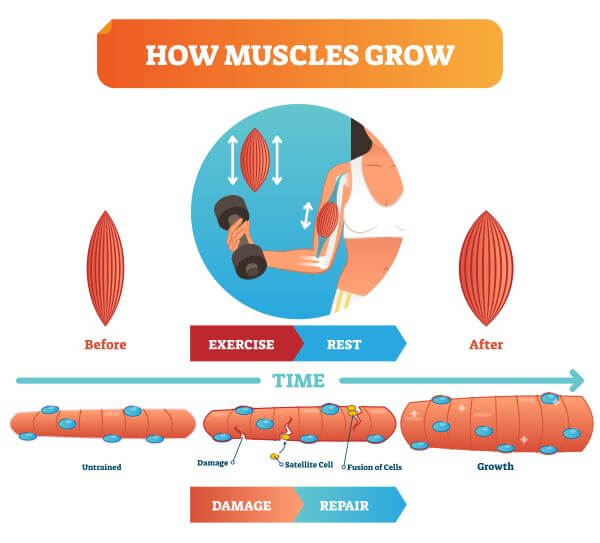
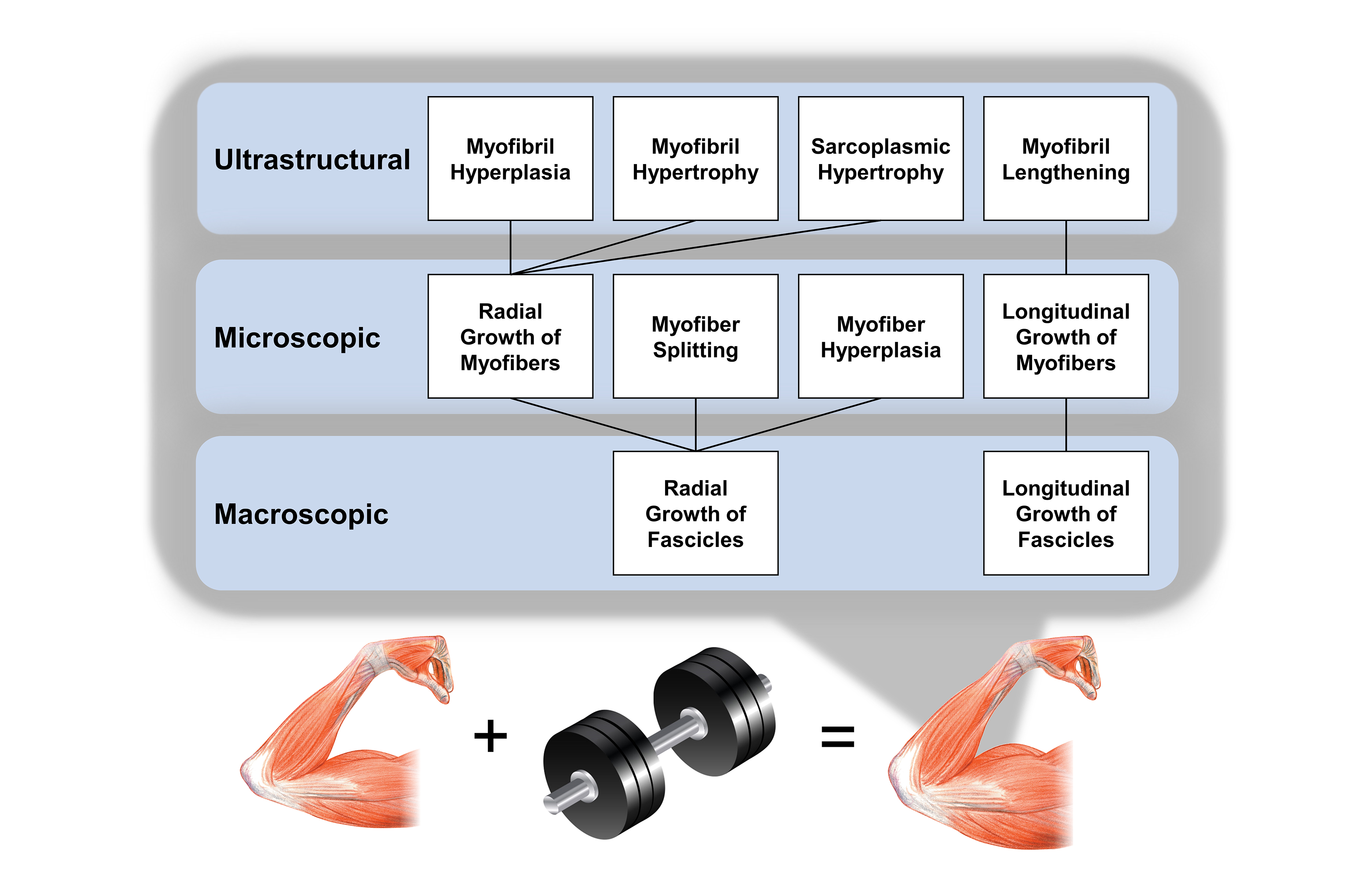


+causes+muscle+cells+to+grow%2C+not+make+more+of+them..jpg)


